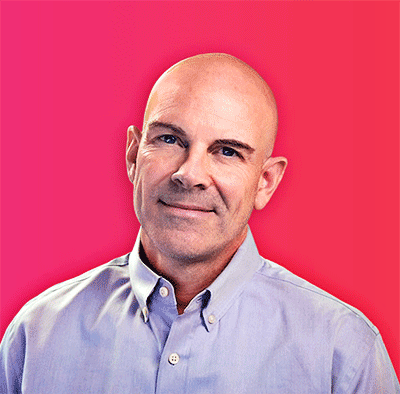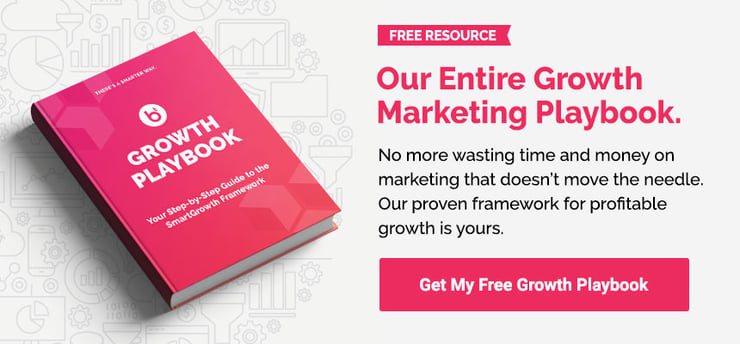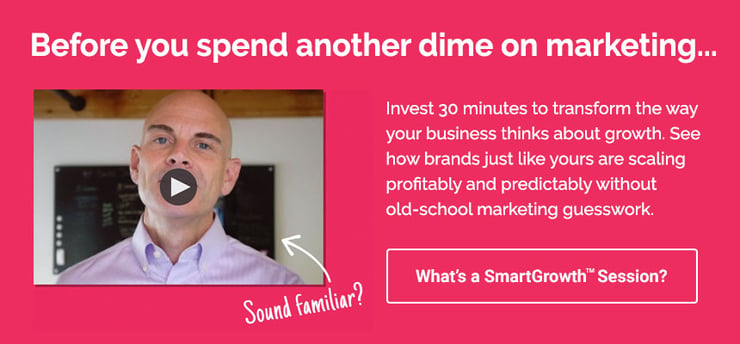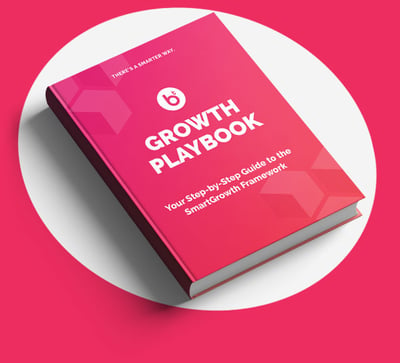Launching a SaaS begins with an idea. Then, the search for product/market fit begins. But to taxi down the runway and takeoff, your SaaS needs traction. To achieve and maintain altitude, it has to have a clear path to sustainable revenue growth. Your SaaS sales funnel is that path, and it needs to be effective and scalable if you want your SaaS to grow.
Even the best SaaS products need an effective sales funnel to fuel their growth. Without a repeatable source of leads and customers, they can quickly burn through capital before getting off the ground.
You may already have a sales process in place, but to reach and maintain high altitude, your SaaS needs an effective customer acquisition funnel that drives qualified leads into your pipeline, introduces them to the benefits of your product, and converts them into profitable customers. You need a customer acquisition funnel that scales.
What are some signs that your present customer acquisition funnel won’t get you where you want to go and what can you do about it?
Below are 7 big issues that can stall sales and how to fix them.
Your SaaS sales funnel won’t scale if:
1. You’re employing personality-driven tactics that can’t be replicated.Often, in the early days of a startup SaaS’s growth, your founders are your SaaS’s creators, promoters, tech support and sales team. Their personal drive and commitment gets your SaaS the early traction it needs. But these activities aren’t sustainable. They literally don’t scale because time is a limited resource and the larger your SaaS becomes, the less of it your founders have.
What can you do about it?
Develop a systematic, proven process for marketing your SaaS that can be replicated and scaled as your organization grows.
2. You haven’t achieved message-market fit.
Maybe you have a great message, but does it resonate with potential buyers? A wide top of funnel strategy that generates awareness and interest may bring in plenty of leads–but do any of them want or need your product? Can they afford it or have the authority to purchase it? Part of achieving message-market fit is ensuring that the right message reaches the right audience. Otherwise, you’re earning vanity metrics, not revenue.
What can you do about it?
Take a step back and look at your brand positioning from the buyer’s perspective. Define your ideal customer and identify which of your messages (and channels) performs best at reaching that customer. Continue to refine and sharpen your message until it is a fit.
Repeat this process for each stage in your buyer’s journey until you are certain that you are sending the right message to the right person and at the right time.
3. You’re ignoring the 80/20 principle.
The 80/20 principle refers to the idea that in most cases, 20% of your actions will generate 80% of your gains. Another take on this is that 20% of your prospects or customers will generate 80% of your revenue. A marketing strategy that prioritizes your highest-return targets will turbocharge revenue and growth.
What can you do about it?
Adopt a data-driven mindset. Prioritize KPIs that provide insights into your profitability so you can identify tactics that minimize customer acquisition costs (CAC) and maximize lifetime value (LTV).
4. You’ve taken actions without knowing why.
Taking action is our instinctual response to wanting something. It just feels better than doing nothing. Don’t confuse planning with doing nothing, though. Actions without a plan, or as we call them at Brand Theory, “random acts of marketing,” are growth killers. They consume not only money but also your most precious resource: time.
What can you do about it?
Understand that every action should have a purpose and that purpose should be to increase your SaaS’ revenue–whether directly or indirectly. Set measurable, revenue-focused objectives and identify the channels and tactics that will best help you achieve those objectives before you invest resources.
5. You don’t know how individual tactics have performed.
If you’ve noticed a pattern developing as you read this list, you aren’t mistaken. Slow down. Measure, assess and plan. You can scale quickly with the right strategy. But you won’t scale at all if you try to scale too fast.
What can you do about it?
Identify key performance indicators that signal success for tactics at each stage in your sales funnel and use them to evaluate the tactics you employ. It’s critical to know exactly what’s happening in your sales funnel at all times by tracking the right KPIs (or growth metrics).
6. You aren’t nurturing long-term relationships with your customers.
Marketers worry a lot about leaks at the front of the customer acquisition pipeline. How do we keep and convert more of those leads? It keeps us up at night! But does this really make sense? Don’t get me wrong. You need leads.
But think about it.
Which prospects are hotter: the ones who have already purchased your product or the ones who are still weighing their options?
The best leads are the ones who already know and like your product. They present an amazing opportunity to increase your revenue while keeping your CAC low. Plus, satisfied customers actually feed your pipeline by referring new leads to you. Reselling, upselling, cross-selling and referrals–that’s how to scale.
What can you do about it?
Adopt a growth marketing framework that addresses every stage of the buyer’s journey, including the post-purchase phase, and makes customer success as much of a priority as lead generation.
7. You aren’t using all the tools and resources at your disposal.
As a SaaS marketer, you understand the intrinsic value of having the right tool for the job. Don’t let tunnel vision prevent you from seeing the opportunities to achieve efficiencies. For example, once you’ve developed a strategy and systemized it, you can integrate your CRM with other tools and automate several tasks in your funnel–including email outreach and nurture.
What can you do about it?
As your SaaS’s revenue climbs, revisit your resource and time allocations. Track your unit economics. How much does it cost (in money and time) to gain and retain customers? How quickly are you recouping those costs? Integrate new tools into your MarTech stack when the savings in efficiency justify the costs.
Also, tap their strategic expertise of a growth marketing agency to expand your operational bandwidth, build and maintain your momentum.
Prepare your SaaS for takeoff with a scalable growth marketing strategy
Brand Theory is a growth marketing agency with a proven path to steady revenue growth for B2B SaaS startups. Our systematic approach to growth marketing is designed to supply the fuel you need to climb fast and steady. To find out how an outsourced growth team can help your startup scale profitably and predictably, book your free, no-pressure, one-on-one SmartGrowth Session today.






.png)
.png)
.png)
